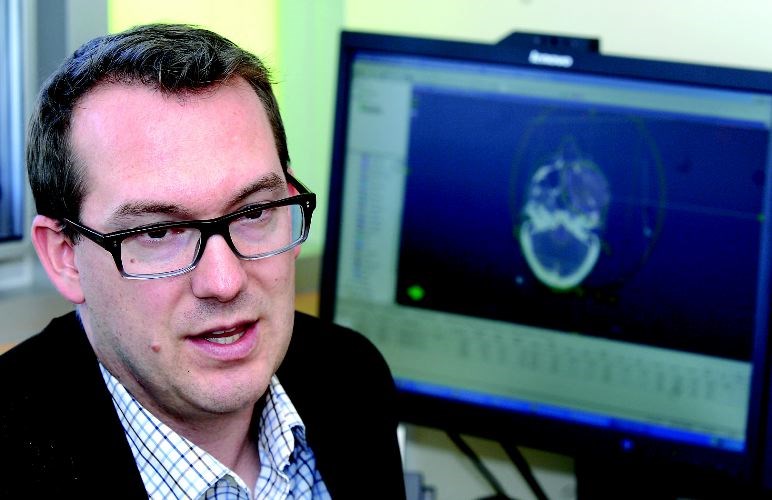Cancer patients living in remote communities in the region could soon be armed with a guidebook to empower them during their recovery from the disease.
Dr. Rob Olson, the principal investigator for the Northern Cancer Survivorship Care study, said the initial indications are people who received the books during the pilot project found them useful.
"We've done just very preliminary analysis on that so far, but essentially it was very, very well liked," Olson said. "We consistently got feedback saying this was really useful and it would have been even better if I had it the day I finished my chemotherapy."
Olson edited the books, which run 60 to 80 pages in length and contain information gleaned from sources ranging from the B.C. Cancer Agency, oncologists, dietitians and expert counsellors. Each book has information specific to a patient's tumour group and an additional guide was designed for First Nations patients.
The content of the books came out of interviews participants in the study had with health professionals about what information they would have liked to have been provided after they finished their treatment. The study found the cancer survivors were keen to have as much detailed information as possible, while the doctors and nurses questioned had suggested shorter versions.
"[The medical professionals] wanted short books that were easy to understand," Olson said. "But we decided to do what the patient wanted. This is more of patient-advocacy tool than it is something to help the health care providers."
There are sections on side effects from treatment, what patients should be looking for with regards to recurrence, what tests they should have during follow up care and information on topics like depression, diet and exercise.
"Patients are willing to spend many hours on their own cancer care, so they want that much information," Olson said.
Some of the sections of the books deal with the disease in general, but others have information specific to the north. For instance Olson said the First Nations book contains advice on exercise and diet specific to the resources available on reserves and the sections on stopping smoking point the patients to regional contacts.
Olson said there is some money left over from the initial grant from the Public Health Agency of Canada to pay for the distribution of more books in the short term and another grant has been secured to print and hand out more copies of the First Nations version.
When the current funding dries up, Olson and his colleagues will have to look at other avenues to cover the costs of the books. He said the Ministry of Health and the B.C. Cancer Agency are possibilities, but he's also hopeful that private donations can help defray expenses.
A cheaper option to printing the books would be to put all the information online, but many of those in the study said they preferred having a hard copy.
"Surprisingly many of the survivors said they actually really like it printed out and didn't want an online version," Olson said. "That wouldn't be a perfect solution, just having an online version."
Over the next few months researchers will further analyze the questionnaires and will begin to prepare the study for publication in a medical journal.



